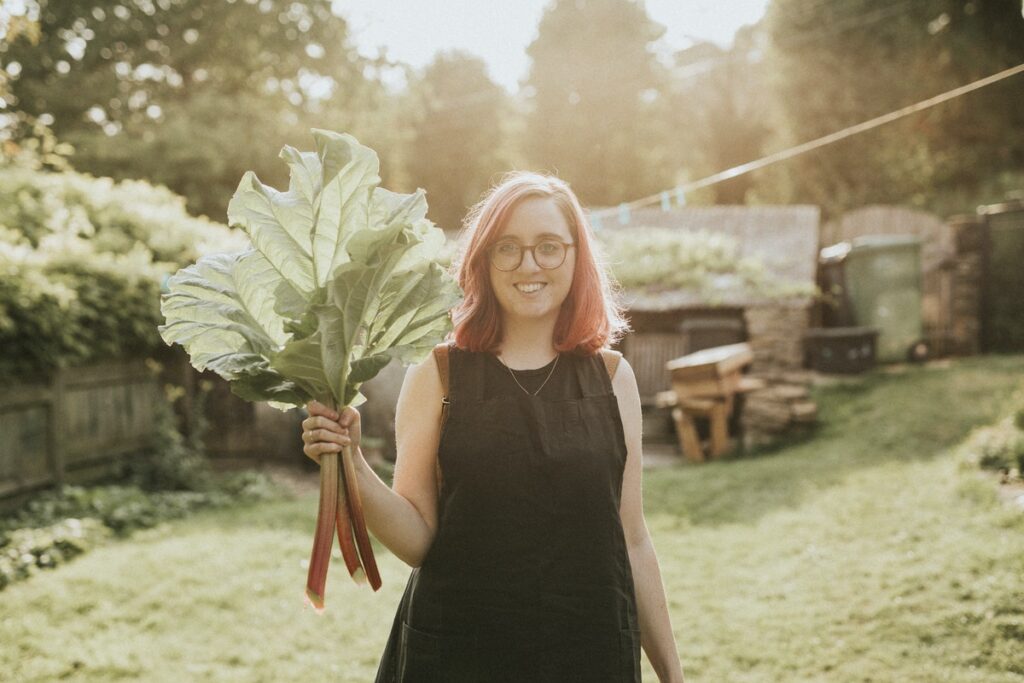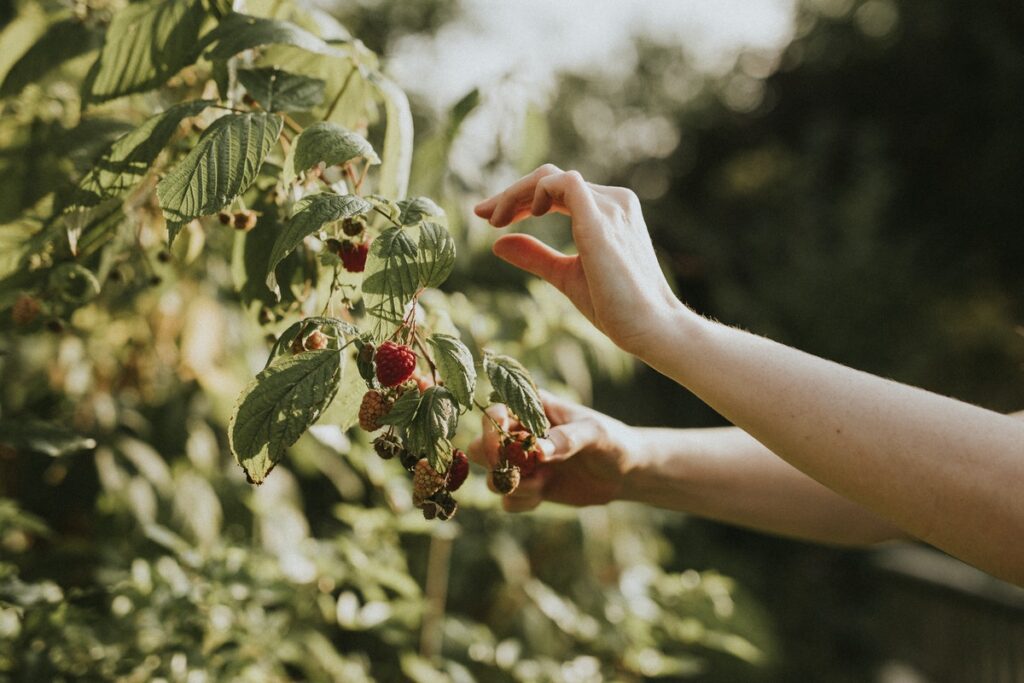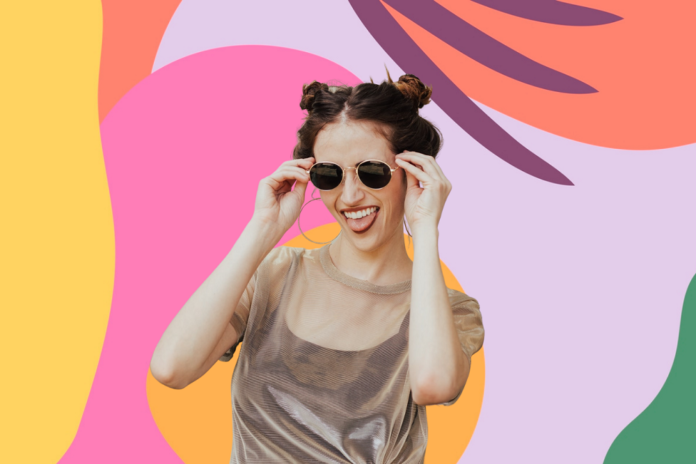
If you are lucky enough to have a garden at home then you also have an amazing opportunity to grow your own food. Though it may not necessarily represent a lean, green route to self sufficiency, it can be a fantastic new hobby that provides fresh fruits, vegetables, and herbs for you and your family, as well as benefits for both your body and mind.
Having a home allotment comes with a lot of hard work, but it can be incredibly rewarding. With the right amount of planning and preparation, and the correct equipment and resources, anyone can grow their own crops. And honestly, what could be better than heading outside to pick something you’ve spent your time nurturing, and having it on your dinner table within minutes?
Whether you’re looking to reconnect with nature, become more at one with the seasons, or simply love the taste of fresh, homegrown produce, you’ve come to the right place. Here are 7 IDEAL tips for making your own allotment at home.
PLAN, PREPARE, AND RESEARCH
Growing food is actually very simple to do, but if you are going to be successful and grow high-quality crops all year round, then you will need to do some planning and research. Growing your own food successfully in the UK relies heavily on the seasons, with the fluctuating weather patterns dictating what grows and when.
Before you embark on any sowing of seeds, it would first be prudent to get familiar with the UK’s distinct food seasons, month by month, and the accordant times at which these crops get planted. BBC Good Food has a useful visual ‘seasonal calendar’ which shows when crops are at their peak; do check it out.
It is also important to make sure you are using high-quality seeds or microgreen seeds to ensure you are growing the best possible produce that has the best chance at growing in the conditions presented.

DIY BASICS
Fortunately, you don’t need to fork out a bucketload on gardening equipment to make your home allotment a success.
Although the natural assumption is that you need to spend big to successfully cultivate crops at home, this simply isn’t the case; you can still get great results with just a few essentials. Before you get started, make sure you’ve got the following basics:
- A trowel.
- Gardening gloves.
- A rake.
- Seeds or seedlings for your favourite flowers, herbs and vegetables.
- Bamboo stakes to support your vegetables as they grow. Certain varieties, like vine tomatoes or climbing peas, will need something to grow against — you can find out whether your plants will need support on the packaging.
- Some compost, to prepare the ground where you’re planning to plant your veggies. You can buy compost that’s formulated specially for growing vegetables.
- A watering can with a fine sprinkler head. You can also use a hose pipe for this.
Once you’ve got the basic equipment ready, it’s time to start digging. But before you get out there in your wellies, tweed jacket and the frozen ground won’t budge, you should bear in mind that it’s best to wait until the weather warms up a little bit: late March or early April is usually a good time to start planting most veggies, as there’s less risk of frost.
SET THE CONTROLS FOR THE HEART OF THE SUN
Much like humans, most crops simply love to bask in the sun’s glow. As such, you’ll want to pick the sunniest spot you have available in your garden for sowing your seeds, or for allocating a spot for your designated raised bed area.
The majority of varieties will need at least six hours of sun a day, but if you don’t have any sunspots in your garden, then don’t worry. There are still plenty of vegetables that will grow in partial shade, including salad greens, beetroot, radishes, and beans.
SOIL SAVVY
Once you have found a sunny spot for your veg patch, you’ll need to get the ground ready; break it up with a spade or trowel, and make sure that you remove any weeds or large rocks. Then, you should mix in some compost or soil enricher, as this will provide your vegetables with the nutrients they need to grow. The ordinary soil found in most gardens is usually fine for growing veg this way but, if you find that you have especially rocky or stony ground, then you might get better results by building a raised bed.

RAISED BEDS
Raised beds (sometimes referred to as raised planters) are a small area with wooden borders which is then filled with compost. Many home allotments will need to utilise raised beds for the majority of their growing needs. Fortunately, these are simple to construct, and much cheaper to build than to buy pre-made, but will require some DIY skills to make.
These jobs may feel challenging, but there are lots of resources available online to help you complete the work successfully. The skills you develop will come in handy as you continue to grow your own food, however, allowing you to fix fences and sheds yourself as the years go by.
Read: What vegetables, fruit and herbs thrive in raised beds?
SET REALISTIC EXPECTATIONS
Here’s the thing; the vast majority of home allotments aren’t able to support an entire family’s food needs. Farming is highly skilled work, and the yield required to sustain the needs of several people simply isn’t feasible from home, in the hands of a layman.
But that shouldn’t deter you; there are so many benefits to be found beyond the economics of the operation; fresh, delicious food, having a project and a purpose, and huge physical and emotional advantages, too.
Some home farmers think that their home allotment could become a revenue stream for them and their home. Keep realism at the forefront of your thinking; it is almost impossible to make a consistent profit from home farming. Don’t begin your farm with plans to sell your vegetables, just think about providing some beautiful, fresh produce for you and your family. If you have excess vegetables, you can give them to friends and family so that they can enjoy them, too. It is very hard to produce enough food to sell from a home garden.
SHEDS ARE THE HOME FARMER’S BEST FRIEND
One of the most important resources for a home allotment owner is a well-constructed garden shed that can be used to store equipment, supplies, and the food you grow. Tidy allotment, tidy mind, as the ol’ saying goes…
Having a dry space that is protected from the elements is important if you want to keep your tools in good working order, free from rust, damage and potential theft. You will also need a space to store compost or seeds through the winter months.
If you need a shed, then you should look at the garden shed price range from Shedstore.co.uk. They have a huge range of high-quality sheds, in sizes and shapes to suit just about any garden. Shedstore’s garden sheds are made from the best materials, so you can rest assured that they will last many years and serve you and your home farm well.

MAKE YOUR OWN COMPOST
Compost will become one of your most precious resources, but it can be expensive to buy. Make sure you plan for space to make your own compost when designing your home allotment; a great way to reduce your environmental impact and supply your garden with some much needed homemade fertiliser.
Composting is easy to do but does take some time to make. You can save food waste and other organic waste to develop your compost and make it rich in nutrients that your vegetables will need to thrive. There are fertilisers and additives that you can use to further enrich your compost and soil, but you should only use natural and organic varieties for nourishing plants and vegetables that you and your family plan to eat to make sure they are safe.
THE BOTTOM LINE
If you are serious about growing your own herbs, vegetables and fruit, then it’s a project which doesn’t respond well to half measures. Weeding, feeding, and watering will take up a lot of your time and energy, but this will help you to grow the healthiest crops and get the most you can from your farm.
With the right research and preparation, anyone can start a small home allotment and begin growing crops for themselves and their family. It will require hard work and dedication to get the best results, but the feeling you get from eating food you have grown yourself is worth the weeding, feeding and occasional disappointment, too.
When you sit down to your salad of freshly grown lettuce, with new potatoes dug from the ground and a garnish of parsley you’ve just picked, it’ll all be worthwhile!




